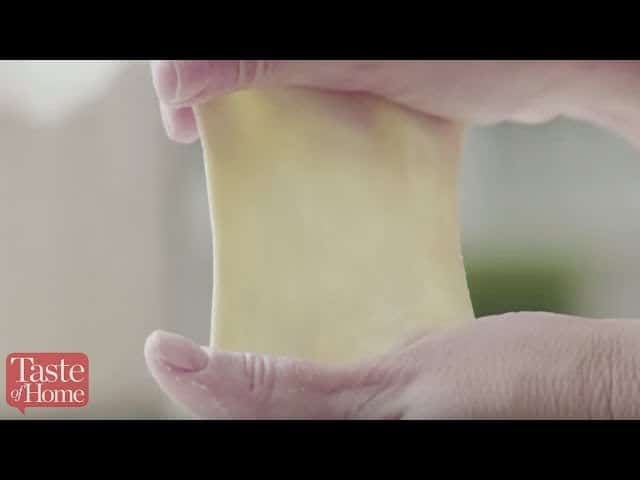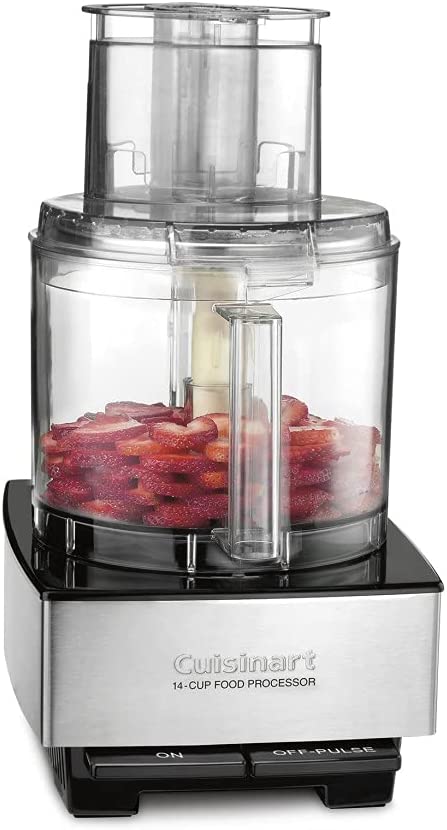Telling if your pizza dough is kneaded enough can be tricky. This guide will show you how to tell if your Pizza Dough is kneaded enough with some simple tips and tricks.
Checkout this video:
The Basics of Kneading Pizza Dough
Kneading is the process of working the dough to develop the gluten network. The gluten network is what gives pizza dough its chewiness. There are a few ways to tell if your dough is kneaded enough. The first way is to take a small piece of dough and stretch it out. If it stretches out without breaking, then the dough is kneaded enough.
What is kneading?
Kneading is a process of working the dough by hand to form a smooth, elastic ball. It’s important to knead the dough long enough so that the gluten in the flour has a chance to develop. This process usually takes about 10 minutes, but can vary depending on the recipe and temperature of the ingredients.
If you’re not sure if your dough is kneaded enough, try this test:
-Poke the dough with your finger. If the indentation remains, it needs more kneading.
-Stretch the dough gently. If it tears easily, it needs more kneading.
-Press down on the dough with the heel of your hand. If it springs back quickly, it’s ready. If it doesn’t spring back, it needs more kneading.
The benefits of kneading
Kneading is the process of working the dough to form gluten, the elastic protein that gives bread its structure. The more you knead, the stronger the gluten becomes, and the less likely your pizza dough will be to collapse when you shape it or transfer it to the hot pizza stone
While you can knead by hand, it’s much easier (and less messy) to use a stand mixer fitted with a dough hook. If you choose this method, knead on low speed until the dough forms a smooth, sticky ball that cleans the sides of the bowl, about 5 minutes. You can also knead in a food processor fitted with a dough blade; pulse until the dough comes together in a sticky ball.
The tools you need to knead
Pizza dough is a leavened bread, which means it uses a rising agent, typically yeast, to help it achieve its light, airy texture. In order for the yeast to do its job properly, the dough needs to be kneaded. Kneading allows the yeast to fully distribute throughout the dough and develop gluten, the protein that gives Pizza Crust its characteristic chewy texture.
The process of kneading pizza dough is relatively simple and only requires a few tools:
-A large mixing bowl
-A measuring cup or scale
-A spoon or spatula
-Your hands
Once you have gathered your supplies, you are ready to begin kneading.
How to Knead Pizza Dough
Kneading pizza dough is an important step in making sure your dough is the correct consistency. It is also a step that is often skipped or done incorrectly. There are a few key things to look for when you are kneading your pizza dough to make sure it is being done correctly. In this article, we will go over how to knead pizza dough and what to look for to make sure it is being done correctly.
The basic steps of kneading
Kneading pizza dough is an essential step in making Homemade Pizza It’s not difficult, but it is important to know how to do it properly. The goal of kneading is to develop the gluten in the flour so that the dough is stretchy and elastic. This process also adds oxygen to the dough, which makes it light and fluffy.
To knead the dough, start by flouring a clean work surface. Then, place the dough on the floured surface and sprinkle a little more flour over the top. Using your hands, fold the dough over itself and push down with the heels of your hands. Turn the dough a quarter turn and repeat the process. Continue kneading for 10 minutes or until the dough is smooth and elastic.
Once you’ve kneaded the dough, shape it into a ball and place it in a bowl that has been sprayed with cooking spray. Cover the bowl with a damp towel or plastic wrap and let the dough rise in a warm place for 30 minutes. After it has risen, punch it down and shape it into a pizza crust
Kneading by hand
The key to good pizza dough is in the kneading. Kneading develops the gluten in the flour, which gives the dough its structure and allows it to rise. It also coats the flour particles with fat (in the form of either oil or shortening), which prevents them from interacting with water and turning the dough gummy.
There are two ways to knead pizza dough: by hand or with a stand mixer fitted with the dough hook attachment. If you’re kneading by hand, turn the ball of dough out onto a clean, dry work surface and press it down into a disc. Beginning at the center of the dough, use your fingertips to push the dough away from you, then fold it back over on itself. Give the dough a quarter turn and repeat this process until the dough is smooth and elastic, about 10 minutes.
If you’re using a stand mixer, mix on low speed until all of the ingredients have come together to form a sticky ball, then increase the speed to medium-low and mix for another 5 minutes to knead. (You can also knead pizza dough in a food processor fitted with the Dough Blade; mix for about 15 seconds.)
Kneading with a mixer
If you’re using a mixer, knead the dough on a low speed for about 10 minutes. The dough is ready when it’s smooth and elastic, and doesn’t stick to the sides of the bowl. You can test this by pressing your finger into the dough — if it springs back, it’s ready. If not, keep kneading.
How to Tell If Pizza Dough Is Kneaded Enough
The main purpose of kneading pizza dough is to develop gluten, which is a protein found in wheat flour. When gluten is developed, it gives the dough strength and elasticity. The more you knead the dough, the more gluten is developed, and the dough becomes more stretchy.
The windowpane test
One of the best ways to test if your dough is kneaded enough is to do the windowpane test. This test assesses the gluten development in the dough and, as a result, its ability to hold gas bubbles (which is what makes bread nice and fluffy).
To do the windowpane test, take a small piece of dough (about walnut-sized) and flatten it into a disc. Hold the disc up to the light and stretch it out until it’s thin enough to see through. If you can stretch the dough so that it’s thin enough to see light shining through without it tearing, then it’s been kneaded enough. If it tears, that means it needs more kneading.
The bounce-back test
One of the most reliable ways to tell if your pizza dough is kneaded enough is to do the bounce-back test. Take a small piece of dough and shape it into a ball. Use your index finger to press down into the center of the ball, then release. If the indentation slowly fades and the dough holds its shape, it’s ready. If the impression stays or the dough springs back quickly, it needs more kneading.




